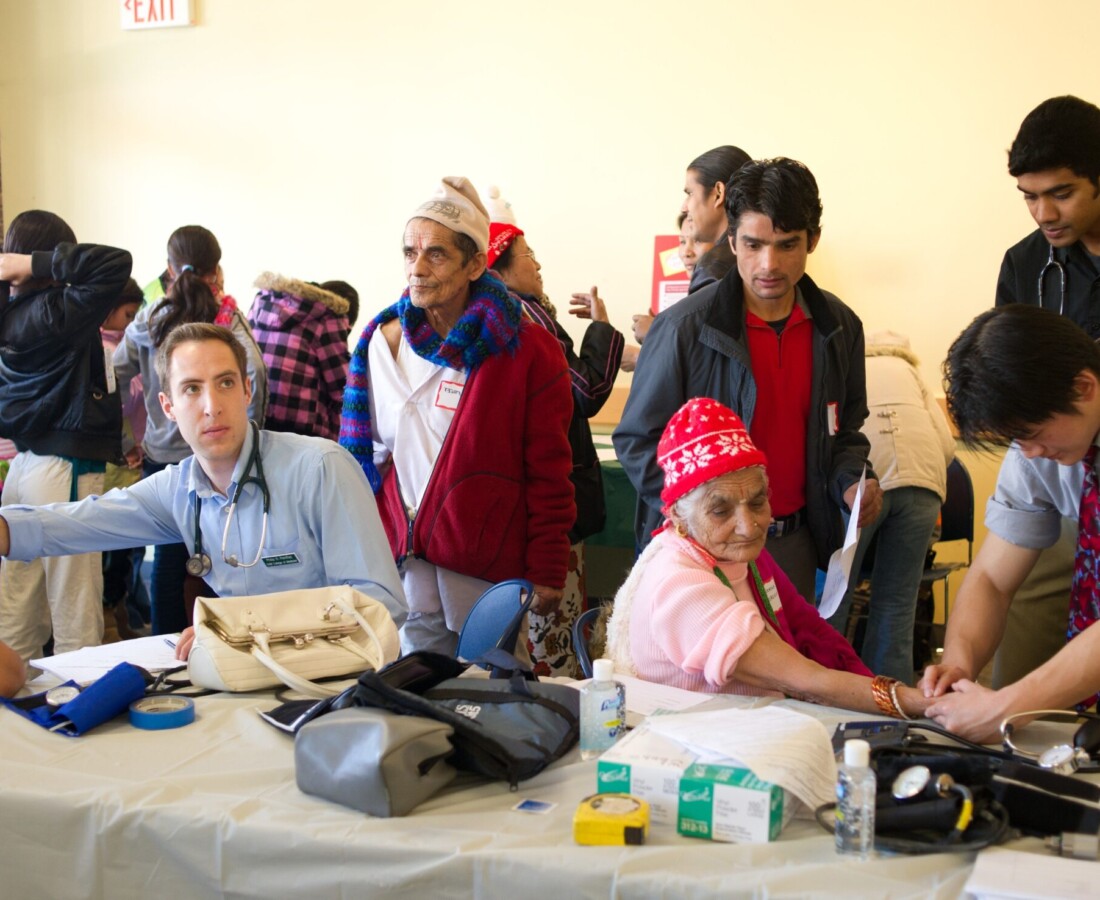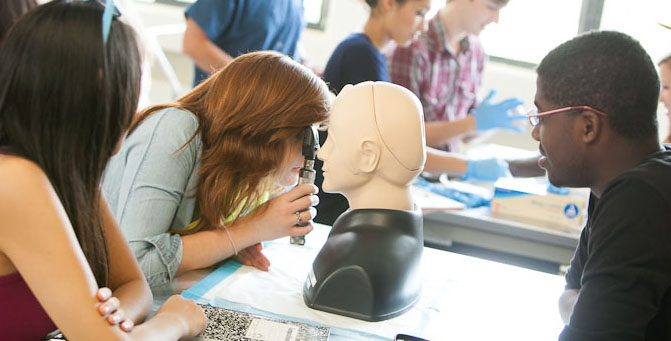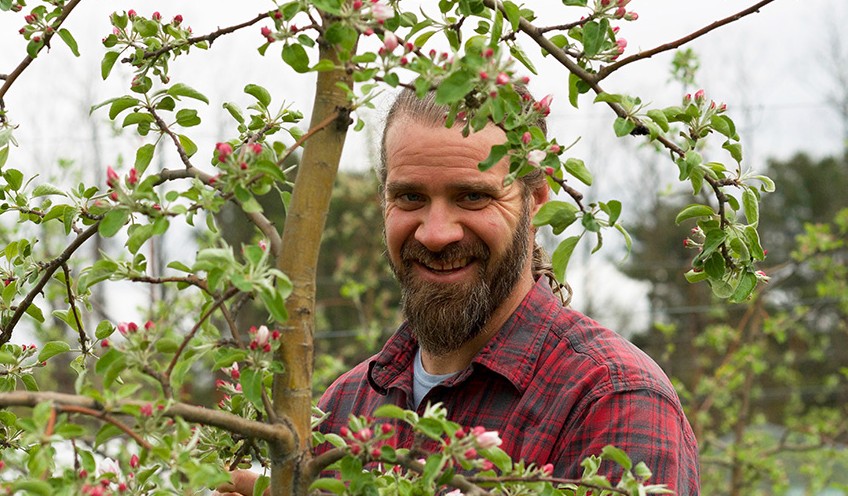When you hear public health news these days, chances are the focus will be on Ebola. That’s understandable, given the high death rate, the rapid spread of the disease, and the anxiety it has raised, especially in the United States.
But in Vermont – where the risk of anyone contracting Ebola is extremely low, according to public health experts – there are community health issues that rarely, if ever, make front-page news. Lately, they have been superseded not only by Ebola but by what Gov. Peter Shumlin has described as “a full-blown heroin crisis.”
You might not have considered these six community health concerns facing Vermont. But they are among those highlighted in the Healthy Vermonters 2020 State Health Assessment Plan, whose purpose, the plan notes, is “to prioritize goals and objectives for the decade, and provide the baseline data so we can track our progress into 2020.”
The report includes community health issues ranging from alcohol and drug use to heart disease and stroke, and sets goals under each category. The nearly 130 goals were identified by state government, health, health care and human services professionals, and the public.
Community Health Issues in Vermont
Vermont typically wins accolades for ranking high as a healthy state. However, six of these goals indicate areas where Vermont doesn’t measure up with the United States overall.
The six community health community health issues that highlight where Vermont is lagging behind include:
Smoking During Pregnancy
In Vermont, too many pregnant women smoke, according to Healthy Vermonters 2020. Only 81 percent of pregnant women refrain from smoking versus 90 percent nationally. Healthy Vermonters would like to see this percentage increased to 100.
According to the U.S. Centers for Disease Control (CDC), smoking during pregnancy has been linked to:
- Pregnancy complications — nicotine may constrict blood vessels in the umbilical cord and uterus, thus decreasing the amount of oxygen available to the fetus.
- Premature birth
- Low birth weight, which is a leading cause of death in newborns.
- Stillbirth
- Sudden infant death syndrome (SIDS)
The CDC reports that smoking during pregnancy leads to more than 1,000 infant deaths each year in the United States.
Vermont’s 802Quits program offers help for pregnant women and others who want to quit smoking.
Infant Hearing Issues
In Vermont, only 48 percent of babies under 3 months old who need full hearing tests are getting them, according to Healthy Vermonters 2020. That’s not enough, and it’s far below the national rate of 66 percent. Healthy Vermonters set a goal of 55 percent.
Full hearing tests, also called audiological evaluations, are necessary when a baby does not pass a hearing screening right after birth.
The CDC recommends that all babies be screened for hearing loss by 1 month of age, preferably before leaving the hospital after birth. If a baby does not pass the screening, the CDC says, the baby should receive a full hearing test by three months of age.
Such tests are key for early intervention in treating a baby’s hearing issues. Lack of early intervention can lead to later communication, language, social and academic issues.
“At least one in six Americans has a sensory or communication impairment or disorder,” Healthy Vermonters notes. “Even when temporary and mild, such disorders can affect health. Any barrier to physical balance and communication with others can make a person feel socially isolated, have unmet health needs, and limited success in school or on the job. Very early screening and intervention for hearing loss improves physical development, language, learning and literacy for these children.”
HIV Testing in Adults
Only 5 percent of Vermont adults ages 18 to 64 had gotten an HIV (human immunodeficiency virus) test in the last 12 months versus 10 percent of adults nationwide. Healthy Vermonters would like to increase that state figure to 10 percent.
HIV is the virus that causes AIDS (acquired immunodeficiency syndrome), and it can take 11 years for HIV to develop into AIDS. So many people may not be aware they even have it.
“At the close of 2010, 238 Vermonters were known to be living with AIDS, and 161 were known to be living with HIV,” Healthy Vermonters reports. “An estimated 100 more are living with the virus, but are unaware.”
The report also explains that “HIV is now considered a survivable chronic illness, and everyone who is sexually active should be tested.”
Although using a condom is one of the best ways to prevent HIV transmission, “fewer than 25 percent of all sexually active Vermonters age 18 to 64 who engage in behaviors that put them at risk for HIV report using a condom.”
Access to Community Fluoridated Water
Only 57 percent of all Vermonters are served by community public water systems that have “optimally” fluoridated water, the report notes. Healthy Vermonters would like to see that increased to 65 percent. In the United States, 72 percent of Americans have access to community fluoridated water.
“Fluoridation has a proven track record of more than 50 years for preventing dental decay, and it benefits everyone in the community, regardless of socioeconomic status,” the report says.
The CDC recognizes water fluoridation as one of “10 great public health achievements of the 20th century.”
“Water fluoridation prevents tooth decay mainly by providing teeth with frequent contact with low levels of fluoride throughout each day and throughout life,” the CDC notes. “Even today, with other available sources of fluoride, studies show that water fluoridation reduces tooth decay by about 25 percent over a person’s lifetime.”
Teens and Exercise
Only 24 percent of Vermont students in grades 9-12 get the recommended physical activity. Healthy Vermonters would like to increase that to 30 percent. Vermont lags behind the nation; 29 percent of U.S. teens overall get enough physical activity.
“Physical activity is any body movement that speeds up your heart beat and makes you breathe harder,” the report explains. “Regular physical activity is one of the best things you can do for your health.”
Among other benefits, physical activity:
- Builds and maintains bones and muscles.
- Controls weight.
- Improves strength and endurance.
- Makes you feel better, physically and mentally.
The report suggest that teens as well as children:
- Get 60 minutes or more of physical activity each day.
- Participate in vigorous activity (soccer, basketball, running or swimming) three days a week.
- Participate in bone-strengthening activities (gymnastics, climbing) three days a week.
Fall-Related Deaths Among Seniors
A little-known statistic indicates that Vermont sees significantly more deaths of seniors from fall-related injuries than the nation overall: 129.9 per 100,000 Vermonters ages 65-plus versus 45.3 for the U.S. Healthy Vermonters wants to reduce this death rate to 116.9.
“Unintentional falls are not accidents, but are preventable with specific interventions,” the report notes. “Fall injuries for the elderly can have a profound impact on quality of life, mobility, independent living and increased risk of early death.”
With the U.S. population increasingly aging, the numbers of falls – and the cost to treat them – is expected to rise, the CDC explains. Adjusted for inflation, the direct cost to treat older adult falls is $30.1 billion.
Over the next two decades, the number of Americans ages 65 and older is expected to double, according to the U.S. Census Bureau. Vermont’s elderly population is increasing dramatically. By 2030, Vermont is expected to rank No. 8 in the country for oldest population, up from No. 26 more recently, according to the Vermont State Plan on Aging.
The CDC recommends these tips for older adults to prevent falls:
- Exercise to increase strength and improve balance.
- Review medications to decrease side effects such as dizziness or drowsiness.
- Make regular visits to the eye doctor to improve vision and safety.
- Eliminate or reduce hazards in the home environment, including clutter, poor lighting and tripping hazards such as cords and rugs.
- Wear shoes inside and outside instead of going barefoot or wearing slippers.
- Install handrails and lights on stairs.
- Reduce the use of step stools by moving items closer to where you can reach them.
- Put grab bars near the toilet, tub and shower.
- Use non-slip mats in the bathroom.
- Improve lighting in the home.





